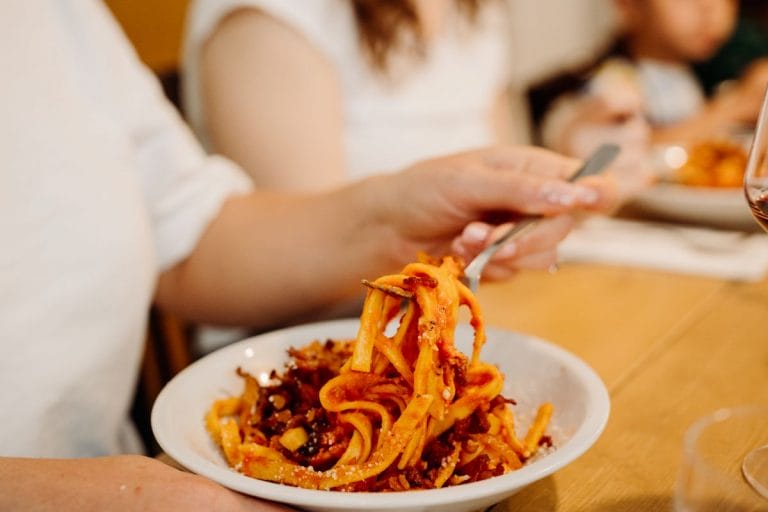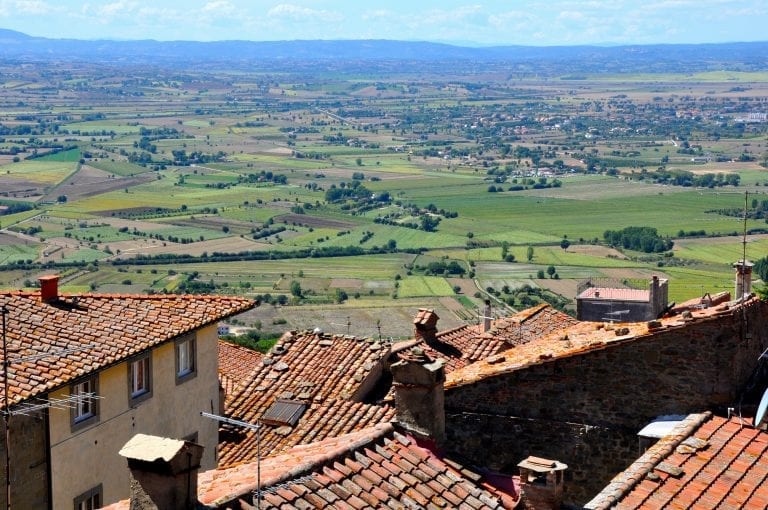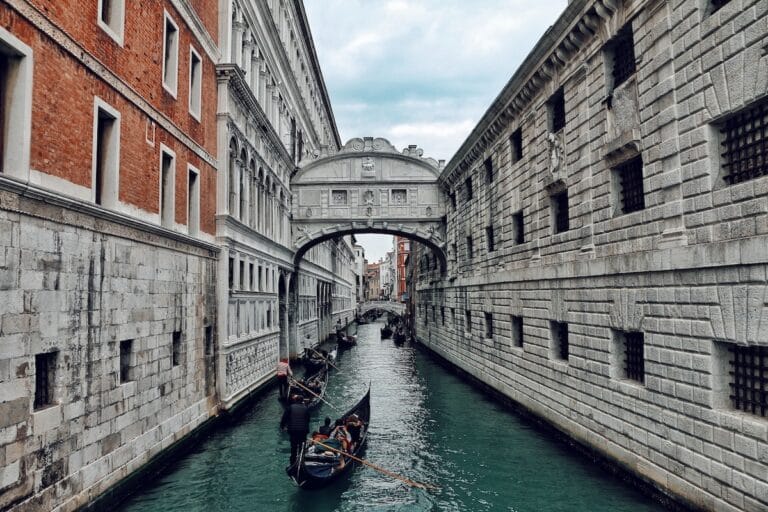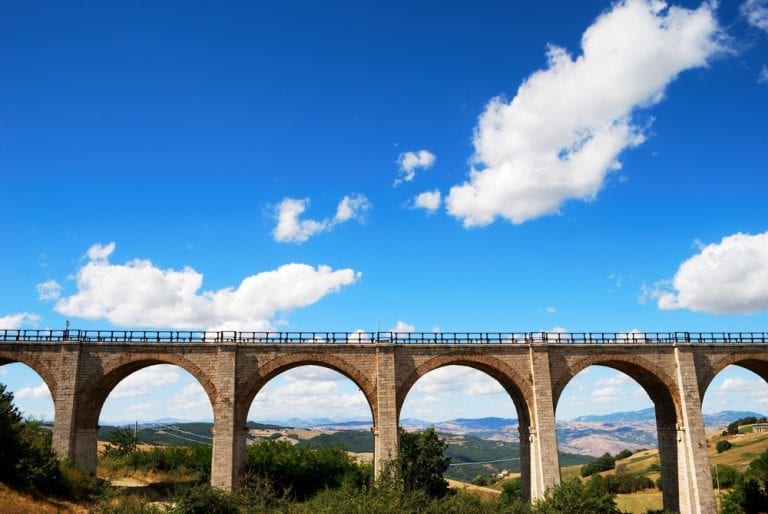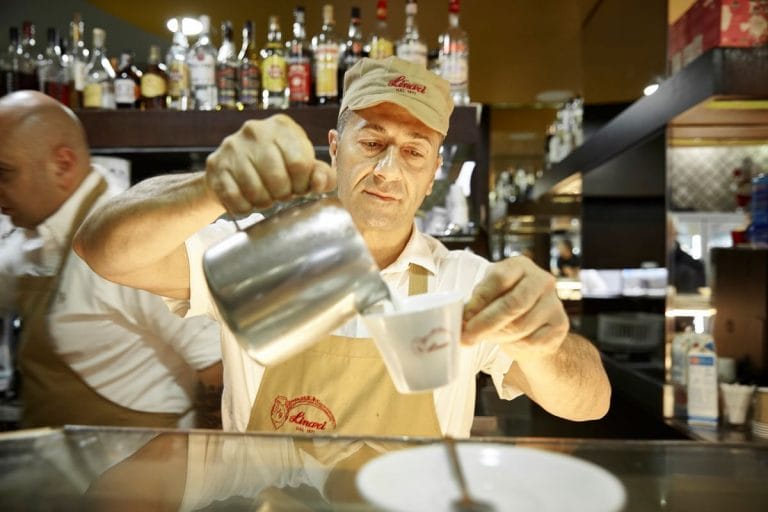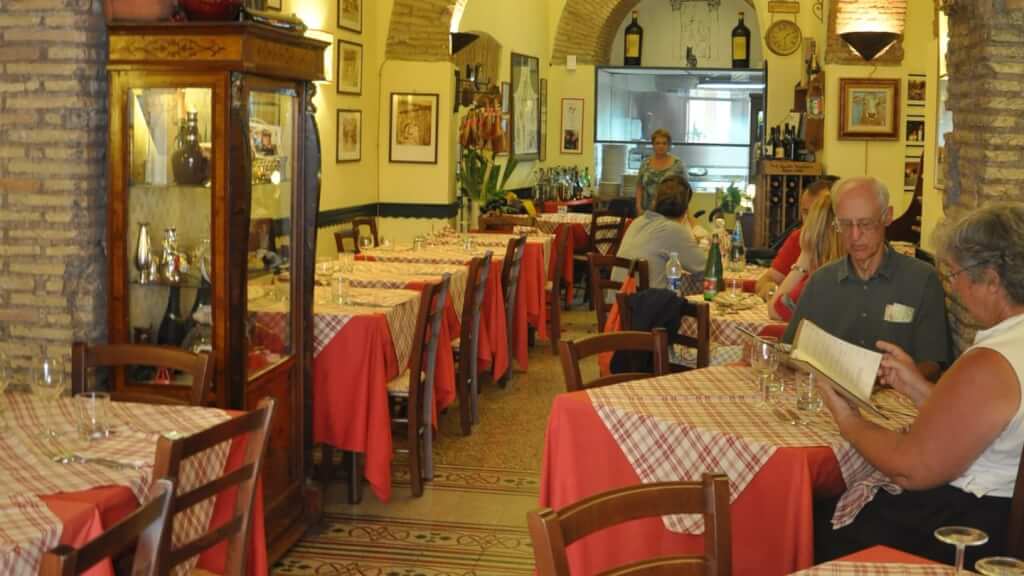
The Top 10 Essential Dos & Don’ts of Eating in Italy
September 24, 2025
Unfortunately everyone gets ripped off at one time or another while traveling and it happens in Italy just like everywhere else. We like to think it’s rare, but as your expert travel guides it’s our duty to make you aware of a few of the most common things that can happen. Armed with just a little bit of knowledge, you can be savvy when eating in Italy´s restaurants and cafes.
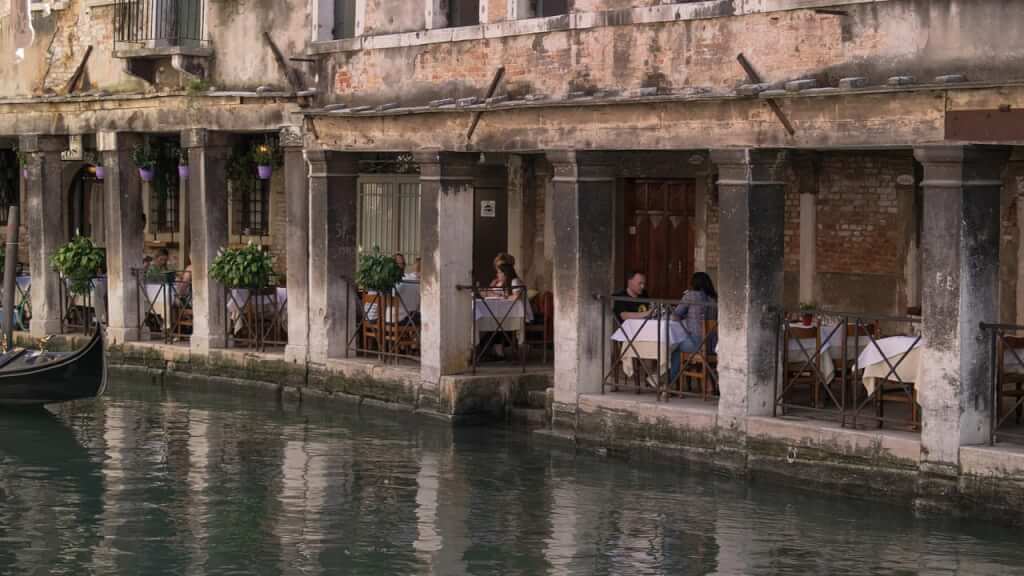
From choosing where to eat, to insider info about Italian tipping culture, here are our top tips for what to do, and what not to do, when eating in Italy.
Eating in Italy: Tips and Tricks
1. Avoid tourist traps
The farther away from a tourist site you eat, the less likely you are to be the victim of inflated prices for traditional dishes and drinks.
As in any country, it’s a sad truth that in some establishments, tourists can be seen as easy prey. Restaurants and cafes right near the big tourist sites are the most likely candidates. It’s not always the case of course, but well-located eateries that don’t cater to a local (and therefore repeat) market are more likely to charge inflated prices. And of course, to justify charging tourists a premium price because of their sought after location.
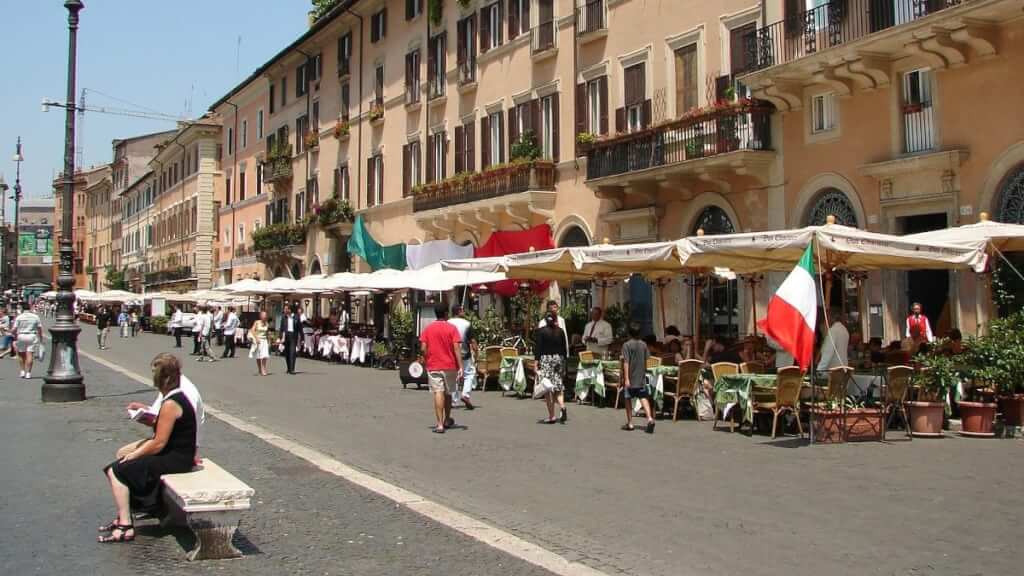
This view of Rome’s Piazza Navona is lovely – but dining while appreciating it can cost your wallet!
For the record, yes, high-priced establishments include those on popular piazzas, like Rome’s Piazza Navona or Venice’s Piazza San Marco (St. Mark’s Square). A rule of thumb: In general, whenever you see as many non-Italians as Italians, be on your guard and check the prices before electing to stay.
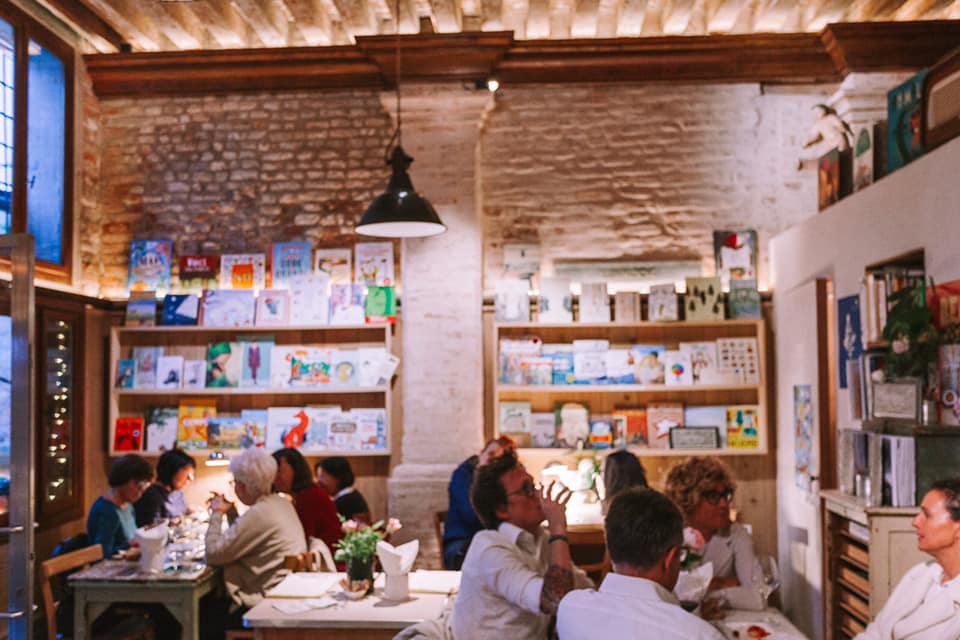
Another tip-off that you’re in a touristy (and often more pricey) establishment when eating in Italy: There’s a “host” outside the door asking you to come in (any Italian restaurant catering to locals, won’t have this, since they’ll rely on word-of-mouth).
In addition, the menu is likely to have pictures, or there may be a big sign that says “Tourist Menu” or even “No service charge!”. That’s fine but it means the place is pretty touristy. (A place that caters to Italians probably won’t add a charge for servizio, and wouldn’t make a big deal about not doing it, especially not in English).
2. Don’t sit down if you´re having a quick coffee!
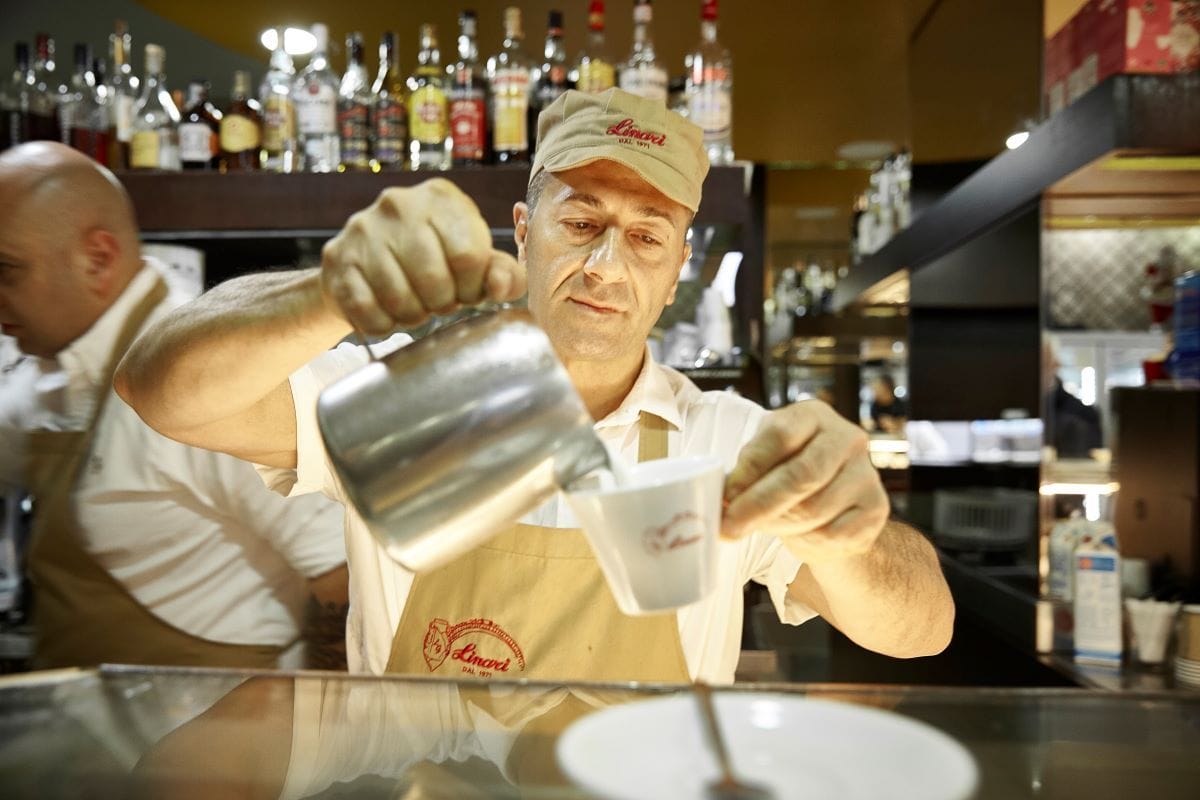
Unless your feet are killing you, avoid sitting down in the kind of place that Italians call a “bar” and we call a “cafe.” Why? Because as soon as you sit down, the price of whatever you’re eating doubles, triples… or more!
That’s why you see Italians usually taking their coffee and cornetti standing up. The price of coffee in Rome is capped at a set maximum price, so regardless of your location, a standing coffee will never set you back too much.
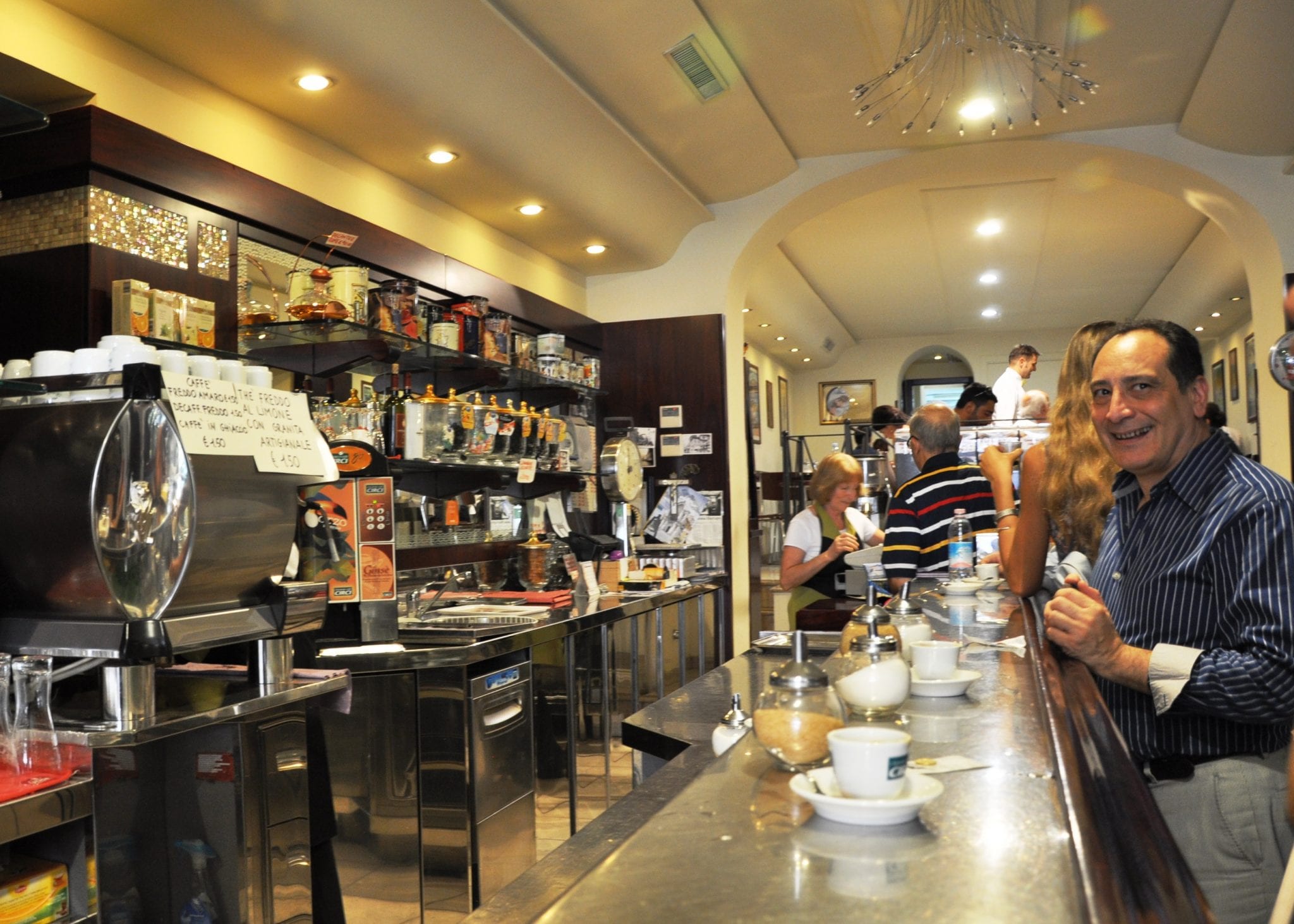
Drink coffee standing up at the bar, like the Italians do!
If you are a coffee lover, check out our blog post on How to drink coffee like an Italian.
3. Check the “banco” and “tavolo” prices
If you do decide to sit down in a cafe, before you make yourself comfortable at the table or order anything, always look at the prices usually listed above the counter. In most cases there is one column for “banco” and one for “tavolo.”
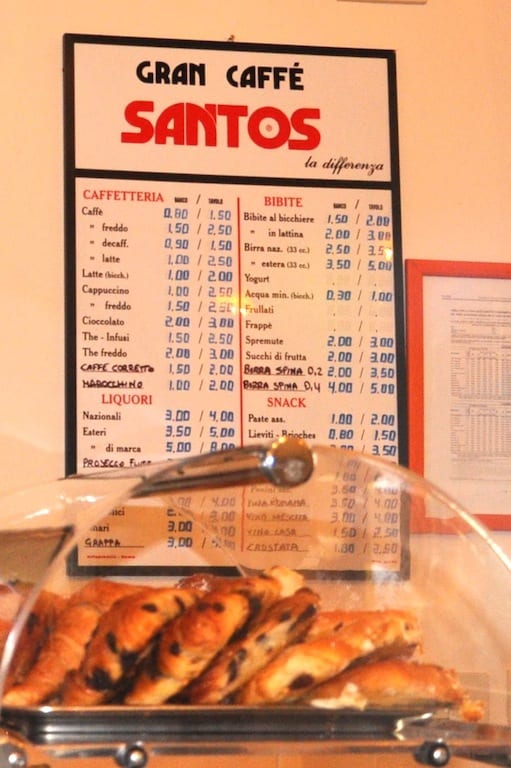
Here’s the list of “Banco” versus “Tavolo” prices to look for. As you can see, they’re fairly different!
“Banco” is the price if you stand at the bar; “tavolo” is if you’re sitting. If it’s still worth it to you to have a more relaxed drink or snack, then by all means, sit – but keep the prices in mind and check the receipt to make sure they match up when you pay the bill.
4. Know what you do and don’t have to pay for
Yes, you do have to pay for water. (You can ask for “acqua dal rubinetto,” tap water, but it’s often seen as a bit rude or strange. Plus, those glasses of tap water will take ages to get refilled by your waiter, if they’re refilled at all!). At moderately-priced places, a large bottle of mineral water for the table should cost no more than 2 euros, maybe 3 in more expensive cities like Venice.
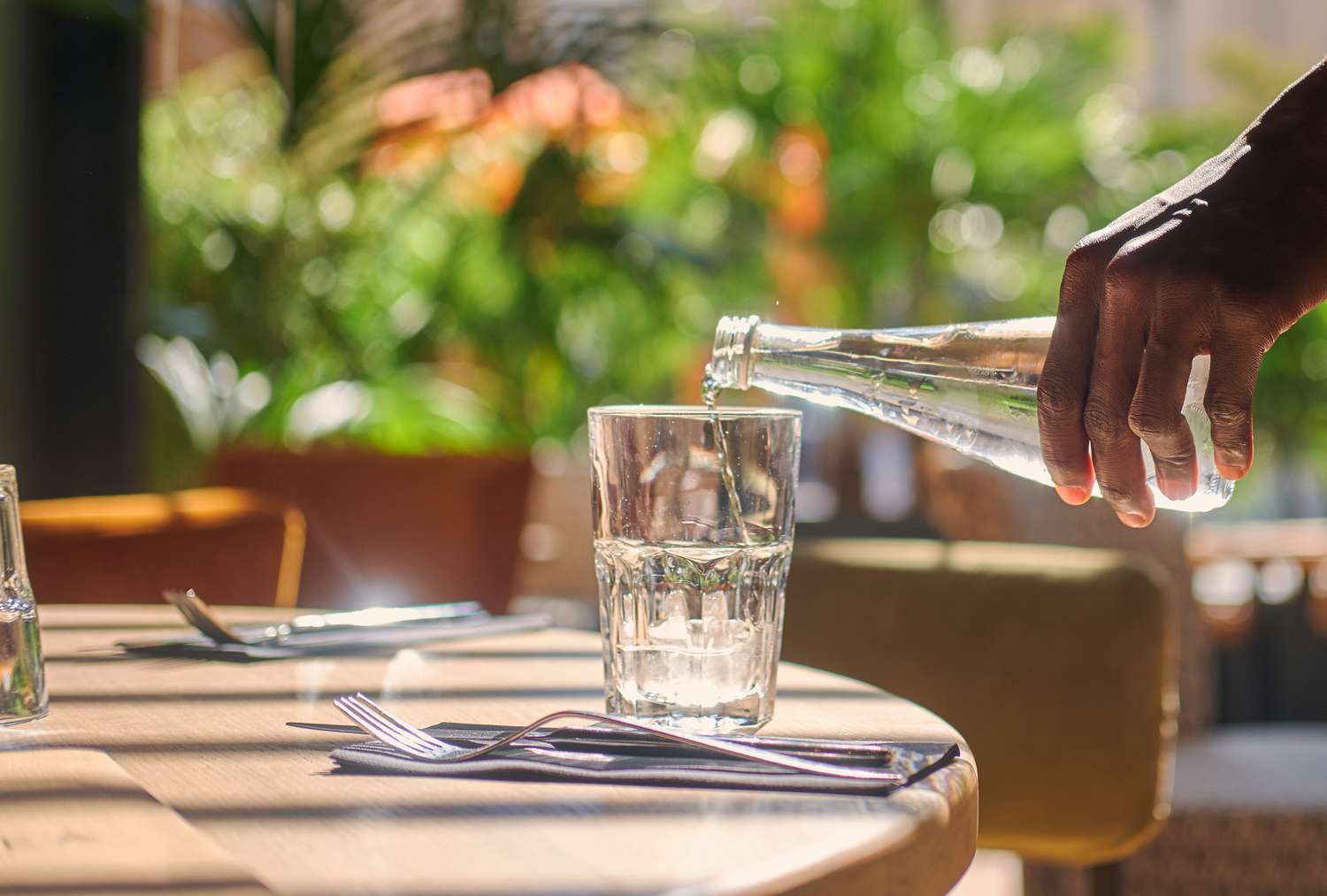
Photo credit: Foodandwine.com
Yes, you do also have to pay for bread. This is the “pane e coperto” charge. When an Italian restaurant charges you for bread, it’s generally not per basket. Instead, the price is usually per head. It’s typically about 1.50 euros per head, perhaps 2 or 2.50 in pricier, more-touristy places like Venice or Sorrento.
And yes, most Italians are paying for pane e coperto as well — not just tourists. But there’s a caveat. This charge should be written on the menu. Maybe it’s in small letters, maybe it’s on the back page, but it should be there. If it’s not? We make a fuss. And the charge gets taken off.
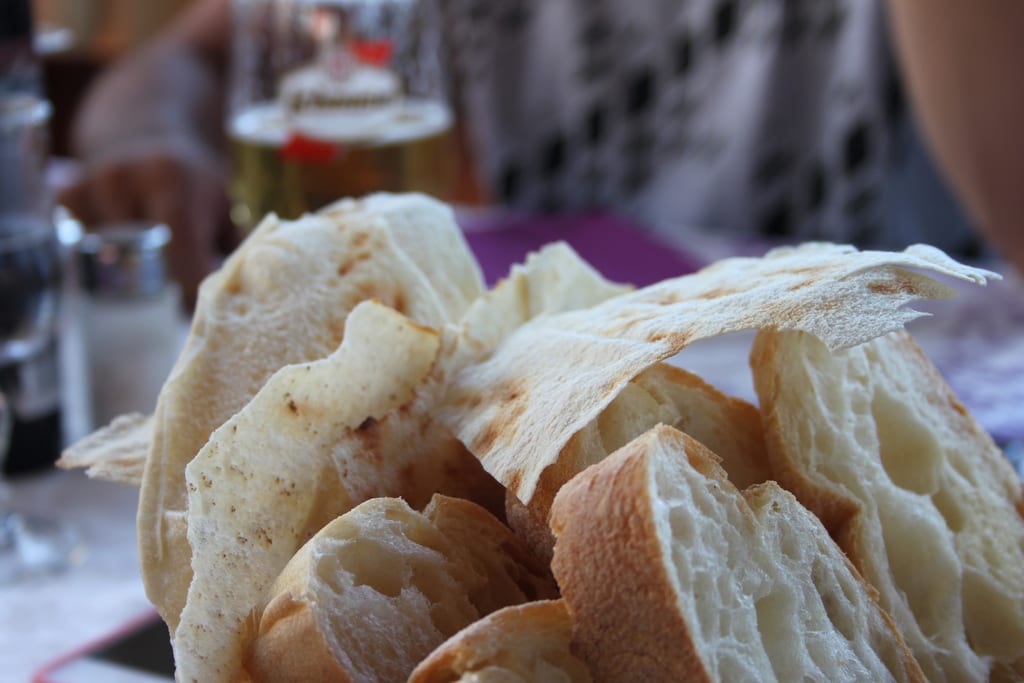
Even if you don’t touch that bread, you might still be charged “pane e coperto”
Yes, you do have to pay for that antipasto or foccacia, even if the waiter offered it rather than you ordering it outright. Sometimes, waiters will ask if you would like an antipasto for the table. Most of the time, this is fine. Occasionally, though, the antipasto winds up costing an arm and a leg – and you don’t realize it until you get the bill.
In a lot of cases this will just be an assumption on the part of your server that as a traveler, you’d like the best but it’s wise to know what you’re ordering before you order it.
So instead of telling the waiter to just bring you something, order specifically from the menu, with the quantity you’d like, and be clear. “Vorrei un’antipasto per due,” you could say (an antipasto for two), even if there are four of you – that’s fine.
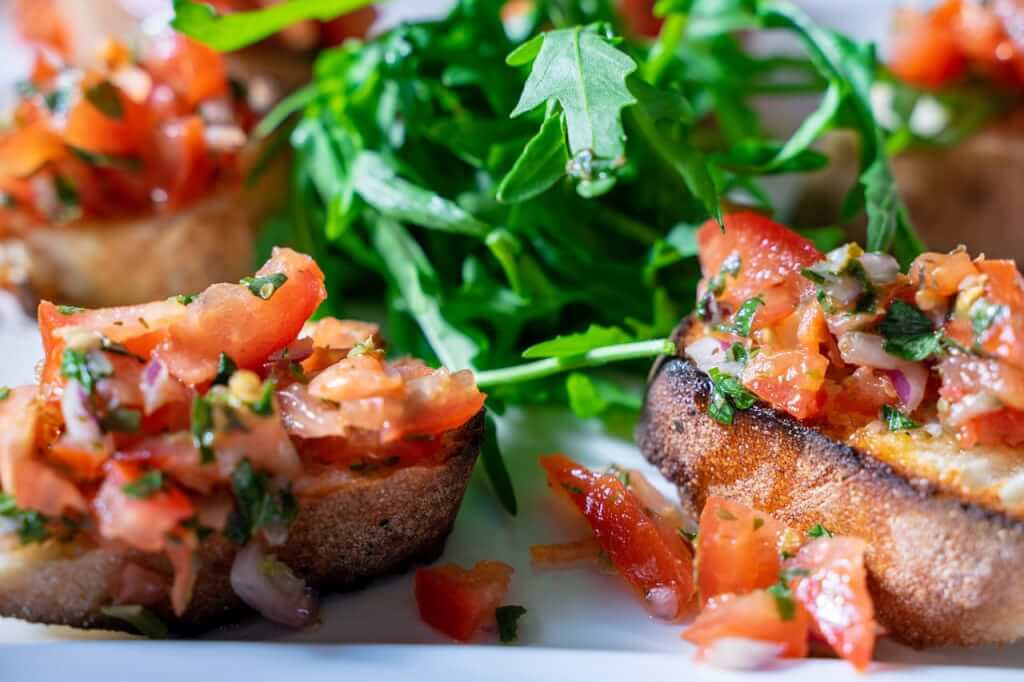
Be specific when you order an antipasto, or that bruschetta might just come at a higher cost than you thought.
And yes, you often have to pay for that digestivo of limoncello, amaro or grappa.
Well, sometimes! Here’s how to tell: If the waiter asks you if you want an after-dinner drink after you’ve eaten but before he’s brought the bill, you’ll probably be charged. If he asks you if you want one after he’s brought the bill and/or you’ve paid, it’s probably a little “thank you” on the house.
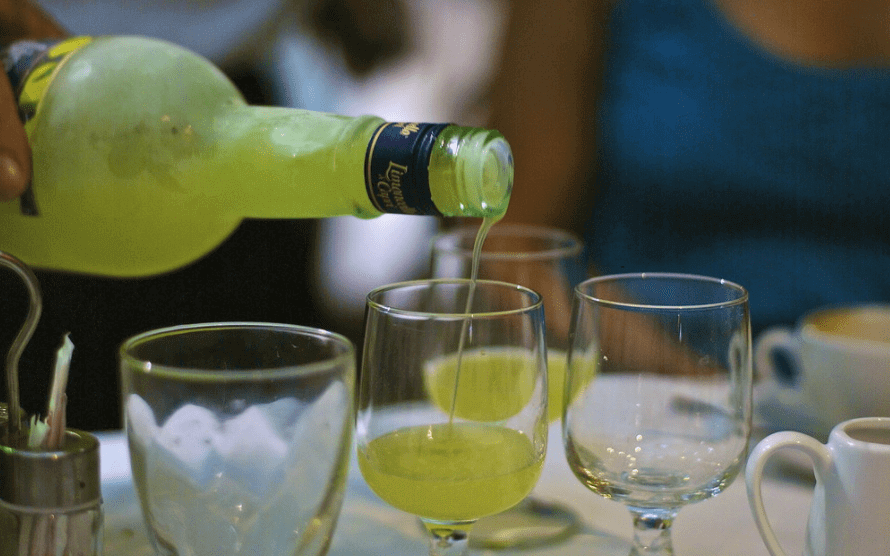
Will that after-dinner limoncello cost you? It often depends on when you agree to it!
5. Avoid giving the waiter the power over what, or how much, to bring
Italy is blessed with some of the tastiest fish in the world, but since fish is usually charged by weight at restaurants, this can get a little confusing.
You say you want the fish of the day that’s around a certain weight, the waiter brings out a lovely, fresh-caught one to show you that’s around that weight but estimations can be off and it can cost more than you had thought.
So if you’re price conscious, be sure to double-check the exact weight (and whether the listed price is total or by weight) before you order.
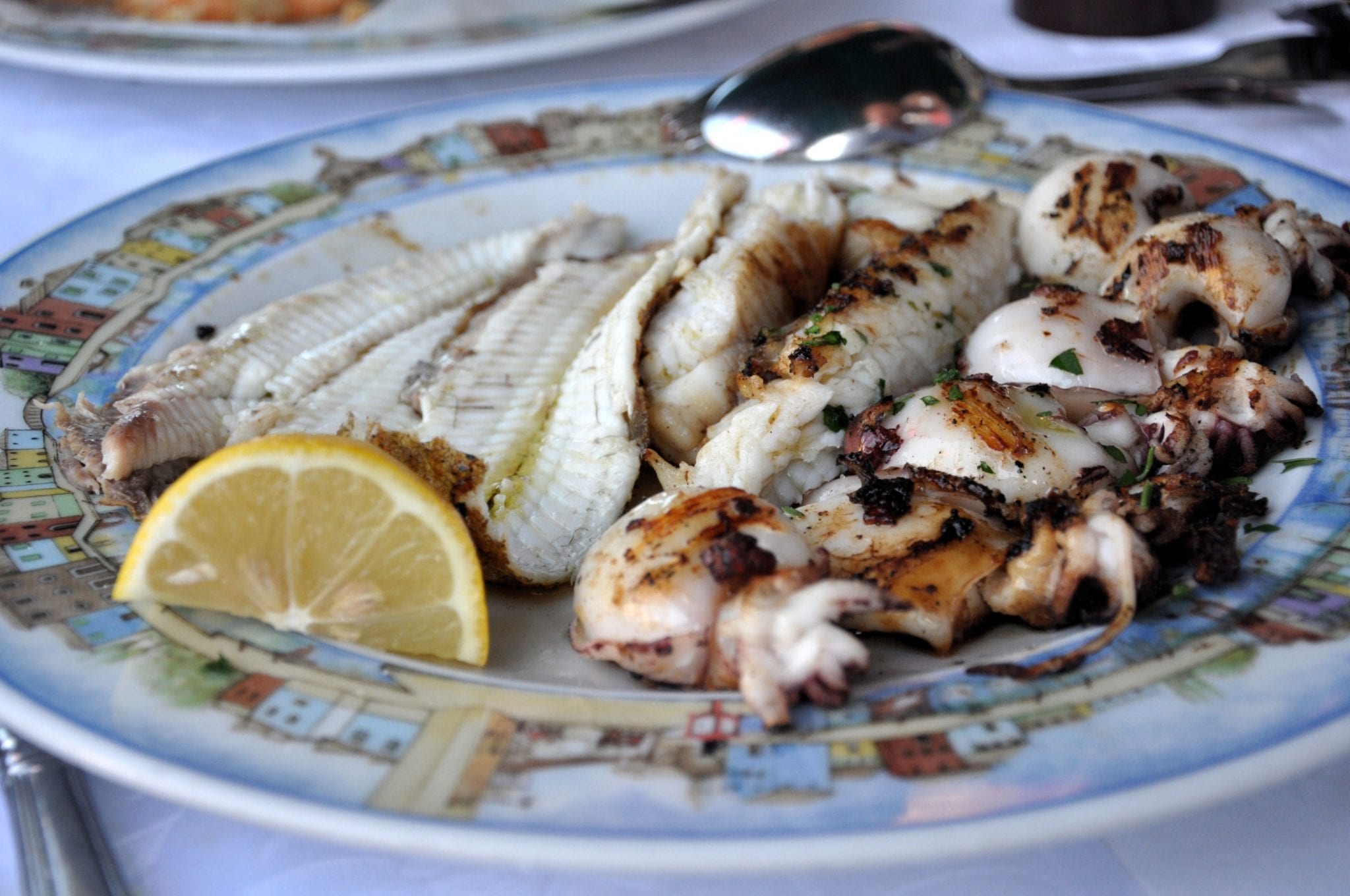
6. Ask for an itemised bill
When your waiter brings you a bill (remember, you have to ask for it!), make sure that it’s itemized. (Again, ask for “il conto dettagliato” or ““il conto lungo“).
Sometimes, restaurants will just write a total number down, or even just say it. In that case, ask for the itemized bill. It’s the only way to know if you’re being charged what you should be.
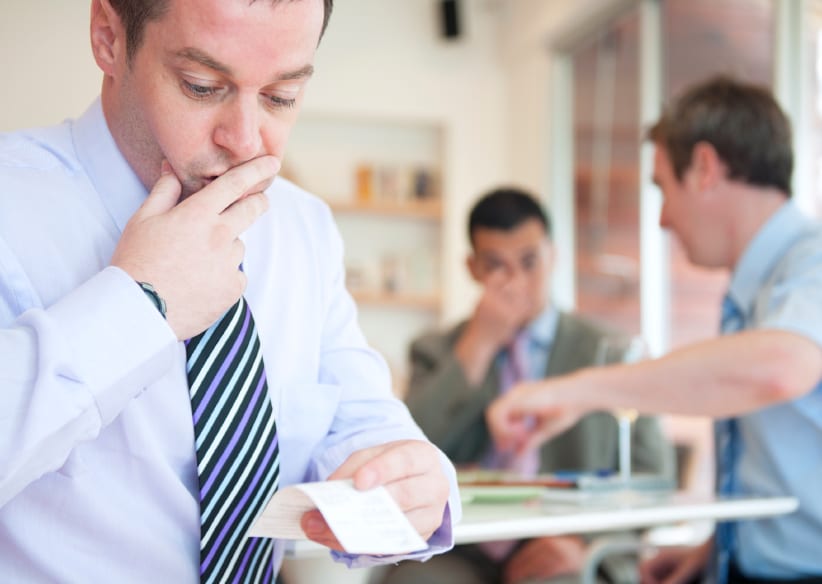
The bill just isn’t right? It’s okay — you can still fix it!
7. What about a charge for “servizio”?
If an item called “servizio” has been added, probably 10%, but up to 20%, that’s the “service charge.” You see this often in Venice, the Cinque Terre, and Amalfi coast, and at more-touristy establishments in Florence and Rome.
Something to know about servizio: Although it seems to be legal, it should be written on the menu that this is an additional charge, as should the pane e coperto (cover charge for bread). Check the small print at the bottom of pages or on the front or back of the menu.
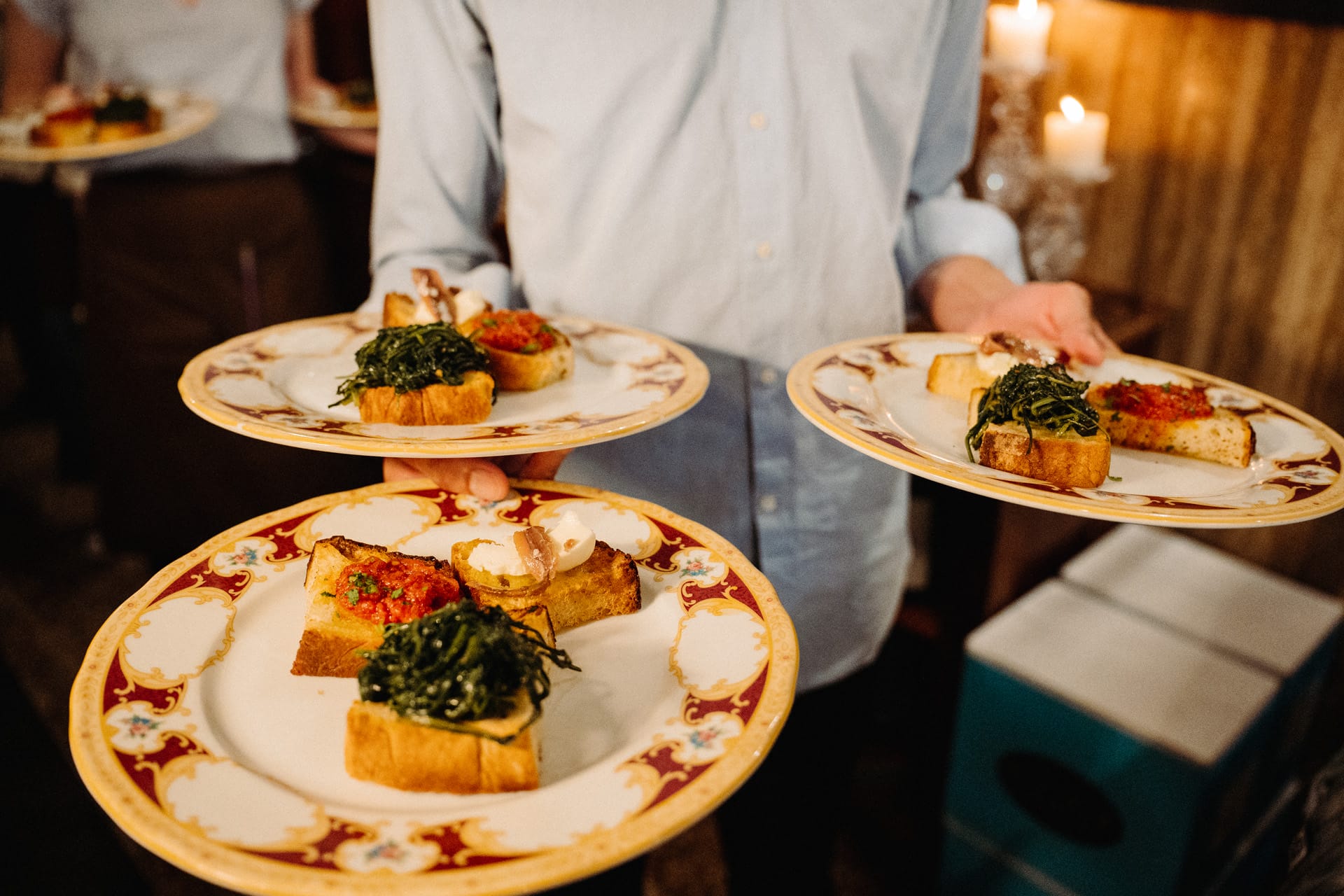
If the servizio hasn’t been written anywhere, you can ask for it to be taken off if you see it on your bill. If everything about the servizio seems to be as straightforward as possible — for example, you knew from the menu that it would be 10% extra, and sure enough, it was — then pay it but remember that this counts as the tip so you don’t need to leave an additional gratuity.
8. To tip or not to tip?
First things first, as mentioned above, if servizio has been added to your bill, then you do not need to leave anything on top, this servizio is your tip, its just been formally added to the overall bill instead of giving you the option to decide if, and how much, to leave.
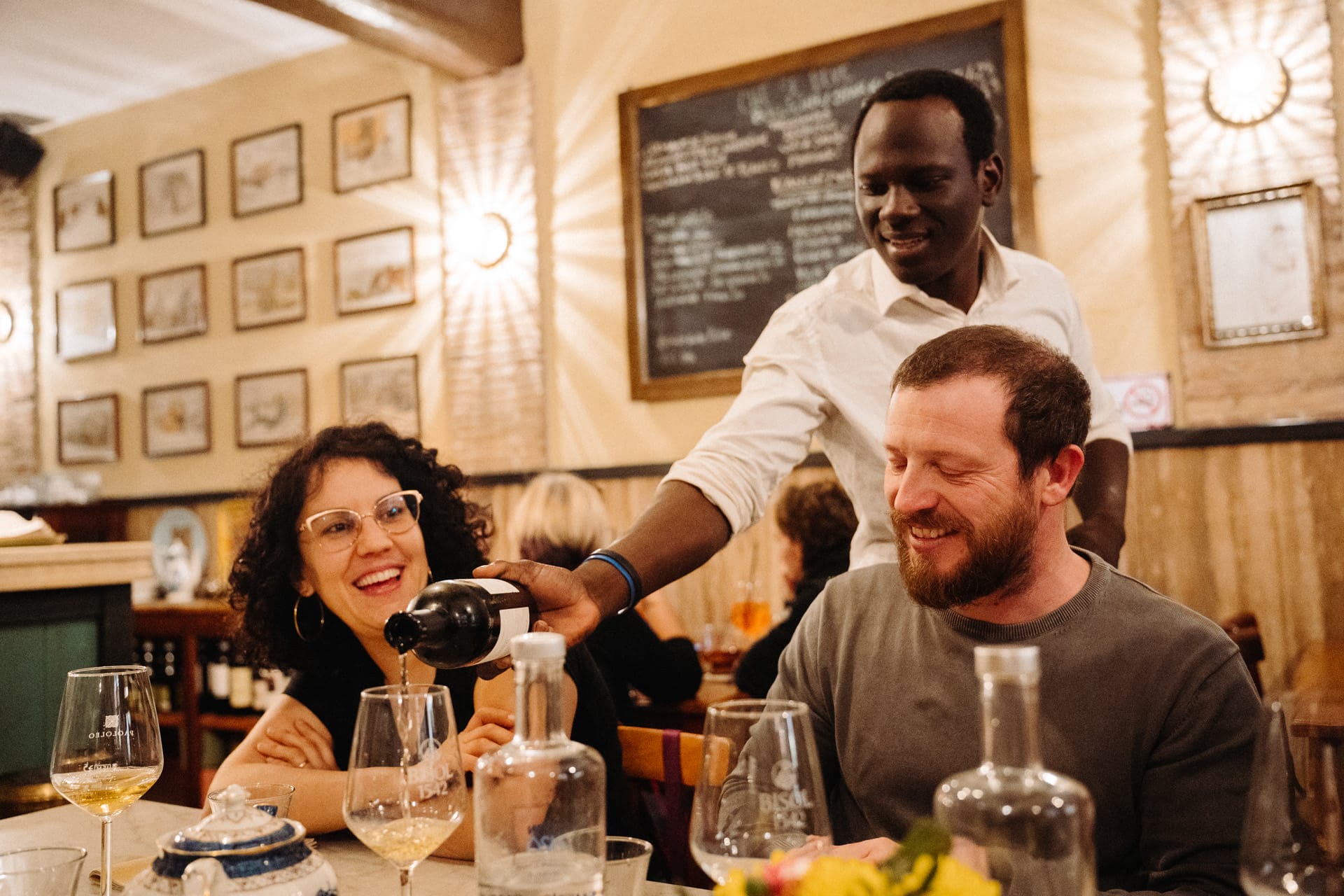
Another thing to bear in mind is that tipping for table service in Italy is much different than in the States. It is not an obligation in most cases, and you are not expected to leave 20% like in the US, regardless of whether the service was good or not. You can decide how much, if any, to leave.
So if all that’s been added to your bill is pane e coperto, or nothing at all, and your service has been good, then anything around 10% is considered complimentary and gratefully accepted by the server.
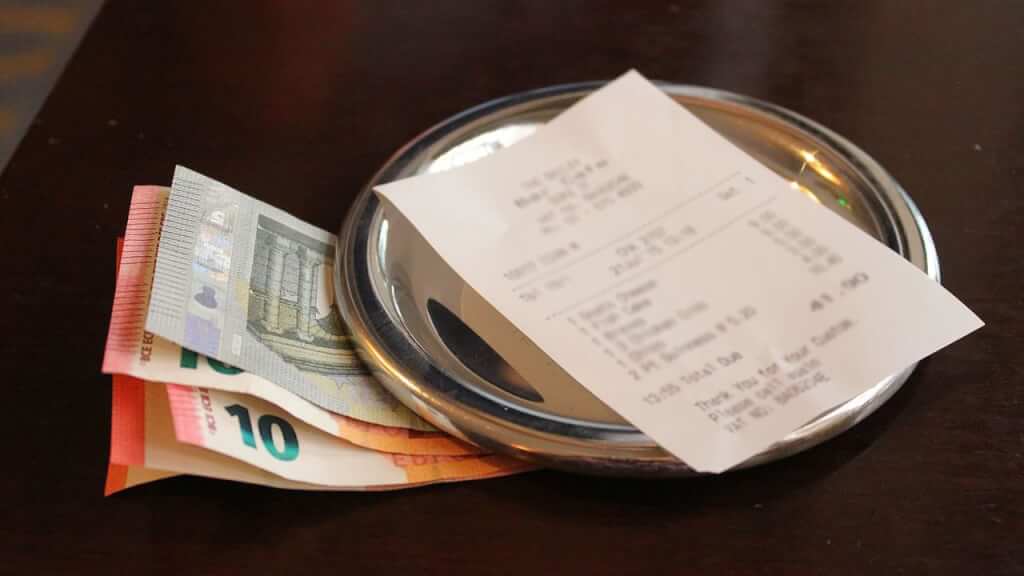
If the service was bad, you are on a tight budget or you only had a simple coffee then a tip is discretionary and you may decide not to leave anything, to leave a few coins, or to round up the bill, which is sufficient.
While that makes many Americans grimace, remember: Italy is a different culture. And it’s a different tipping culture, too. Adjusting to it is not only part of the experience, but shows respect for the locals.
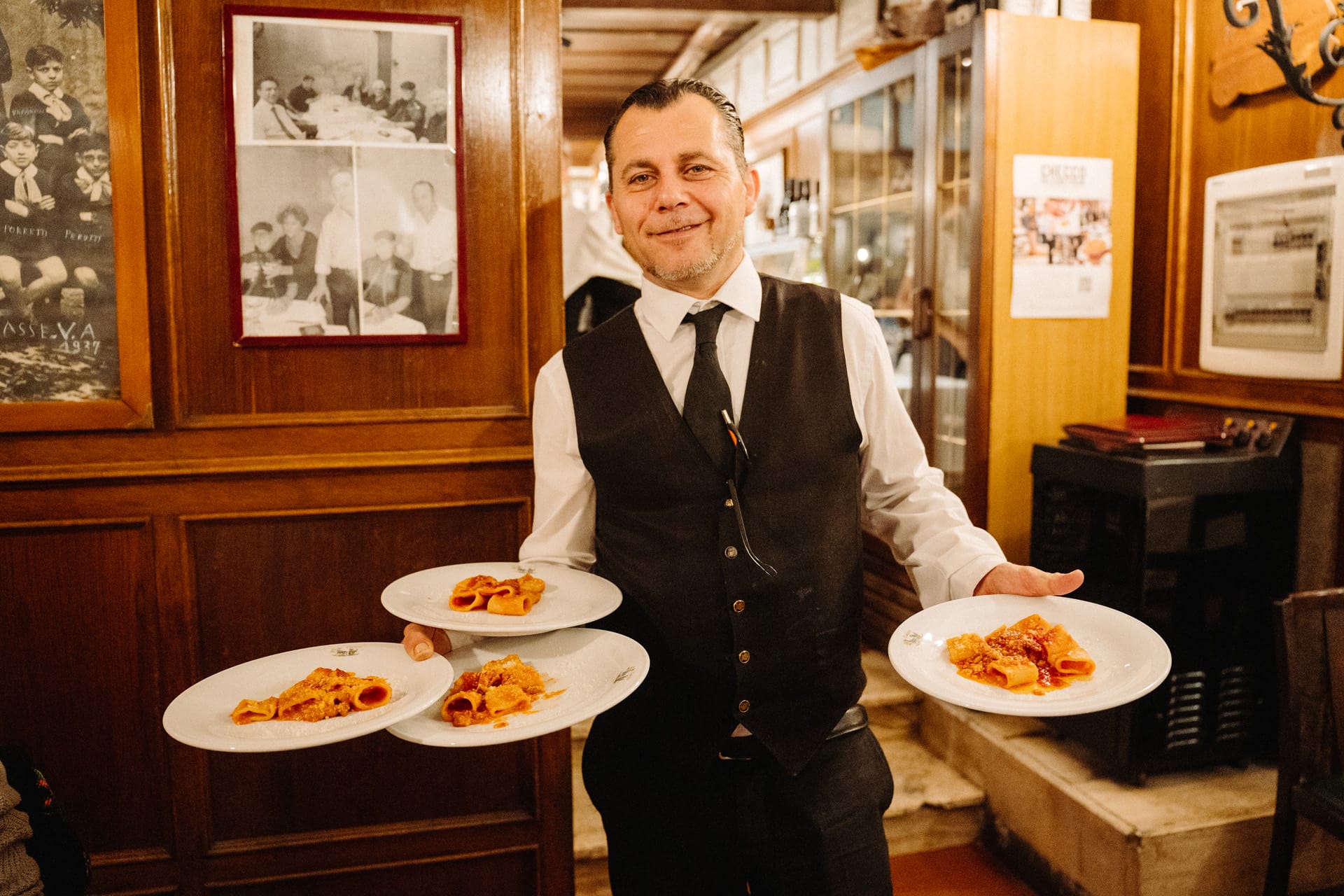
9. Don´t be afraid to take action!
When presented with a confusing or ridiculous bill, 90 percent of people won’t do anything about it. They’ll pay and leave. But for the rest of the day, they’ll be seething – and it does a disservice to future tourists. So remember: You do have control in this situation. Here’s what you do.
First, simply point out the discrepancy to the waiter and ask, politely but firmly, for it to be fixed. This is why you got that itemized bill. Even if he doesn’t speak much English, you can point to the specific item.
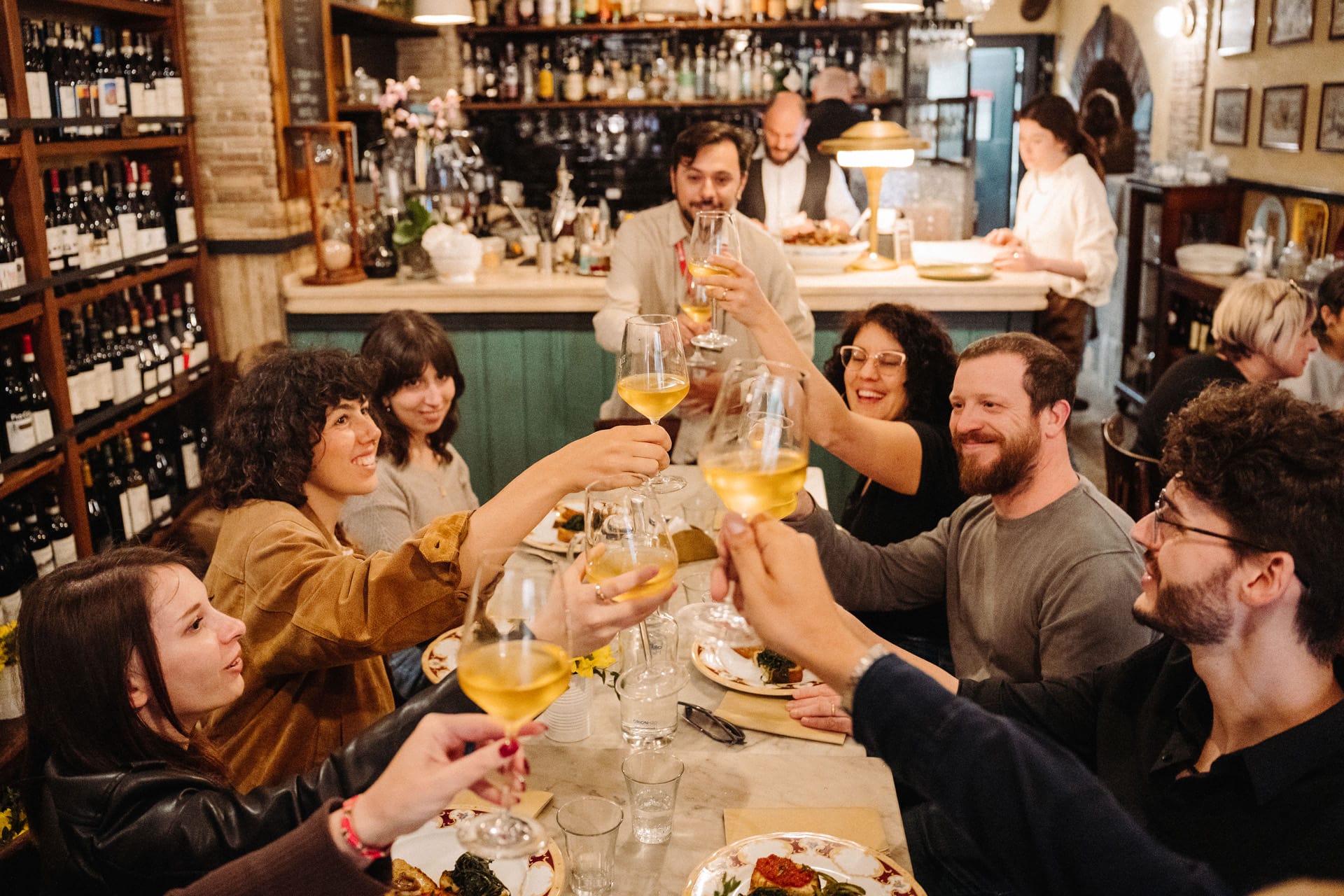
For servizio or pane e coperto, the most useful phrase is often “Non è scritto sul menu” (this was not written on the menu – “Nohn ay skree-toe sool meh-noo”). In most cases, that’s all that’s needed – and in some you’ll even find that there has been a mistake on one side or the other.
If your not clear on what you are being charged for, make sure you can ask for the legal receipt. Handwritten notes or scribbles on a tablecloth are not legal fiscal receipts. In some cases, a handwritten slip may be something called a preconti, a pre-receipt of sorts delivered by the waiter who should then take your cash and return with change and the real, official receipt.
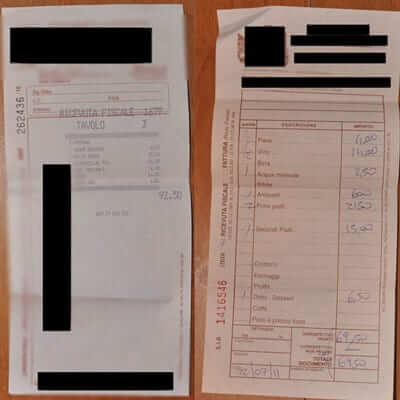
Legal receipts from an Italian restaurant.
Unaware of this custom many foreign visitors often leave their change and depart without ever seeing the real receipt. If you do encounter one of these, ask for the second, legal receipt. Here’s what a fiscal receipt looks like, if you don’t get one of these, feel free to challenge the waiter and ask for one.
10. Don´t be afraid to go local
For the most part, eating in Italy is a fantastic experience you won’t soon forget. Just be aware of local customs and be savvy when ordering if you’re on a budget. Try to get away from the tourist spots and discover your own culinary gems. That tiny trattoria you found near your hotel, or the hole-in-the-wall pizzeria you discovered in Trastevere, is likely to be the memory you cherish most from your time in Italy.
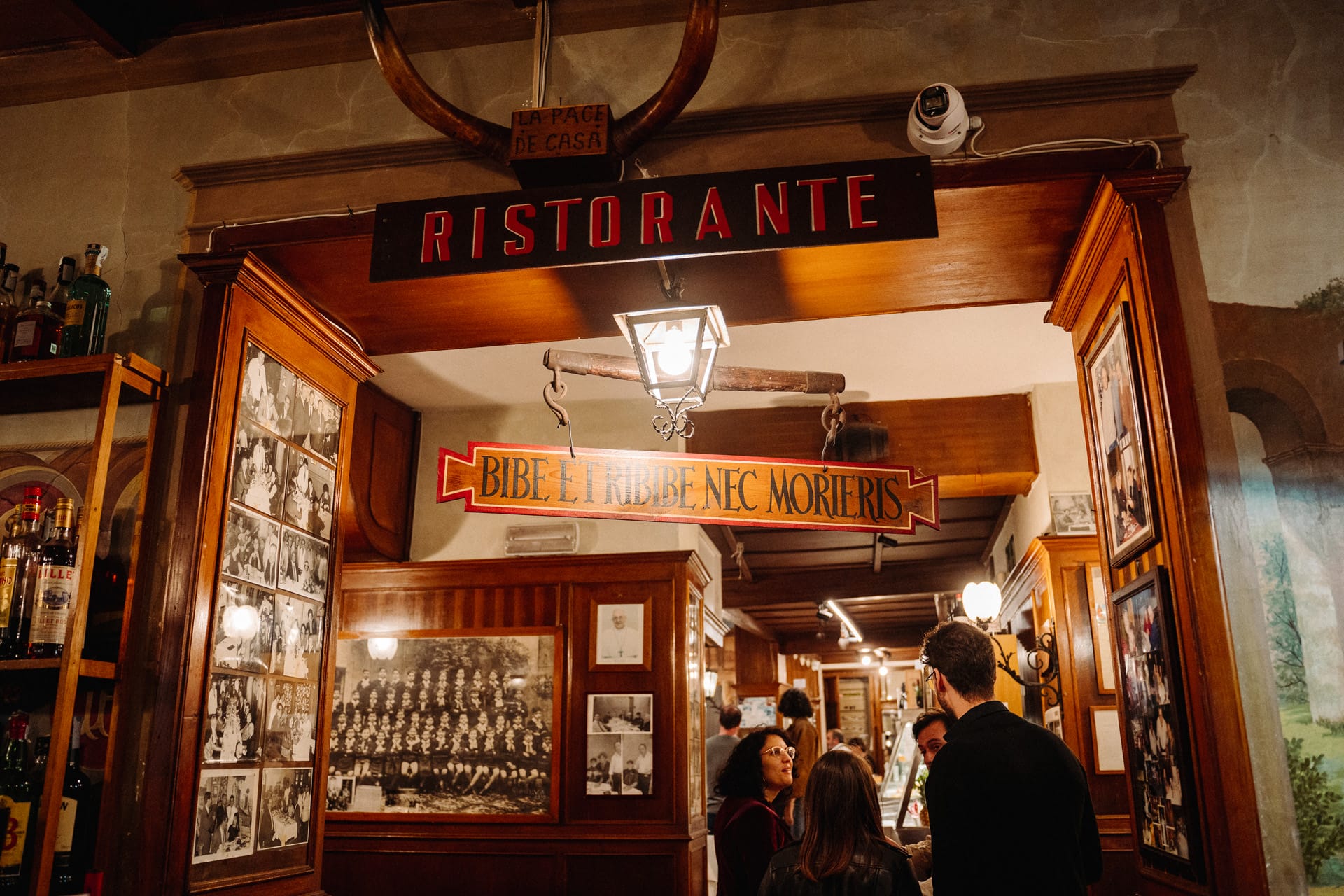
FAQ´s – Eating in Italy
Do restaurant prices in Italy vary by city or region?
Yes, prices can differ depending on the city and region. Tourist-heavy areas like Venice or Florence tend to be more expensive, while smaller towns and neighborhoods often offer better value for traditional dishes.
Can I pay with credit cards at most Italian restaurants?
Many restaurants accept cards, but some smaller trattorias or cafes prefer cash. It’s a good idea to carry some euros, especially in local eateries away from tourist areas.
Are there any restrictions on ordering wine in Italian restaurants?
Restaurants are generally flexible, but some may have house rules for minimum orders of wine by the glass or for bottle service. Always check the menu or ask your server if you’re unsure.
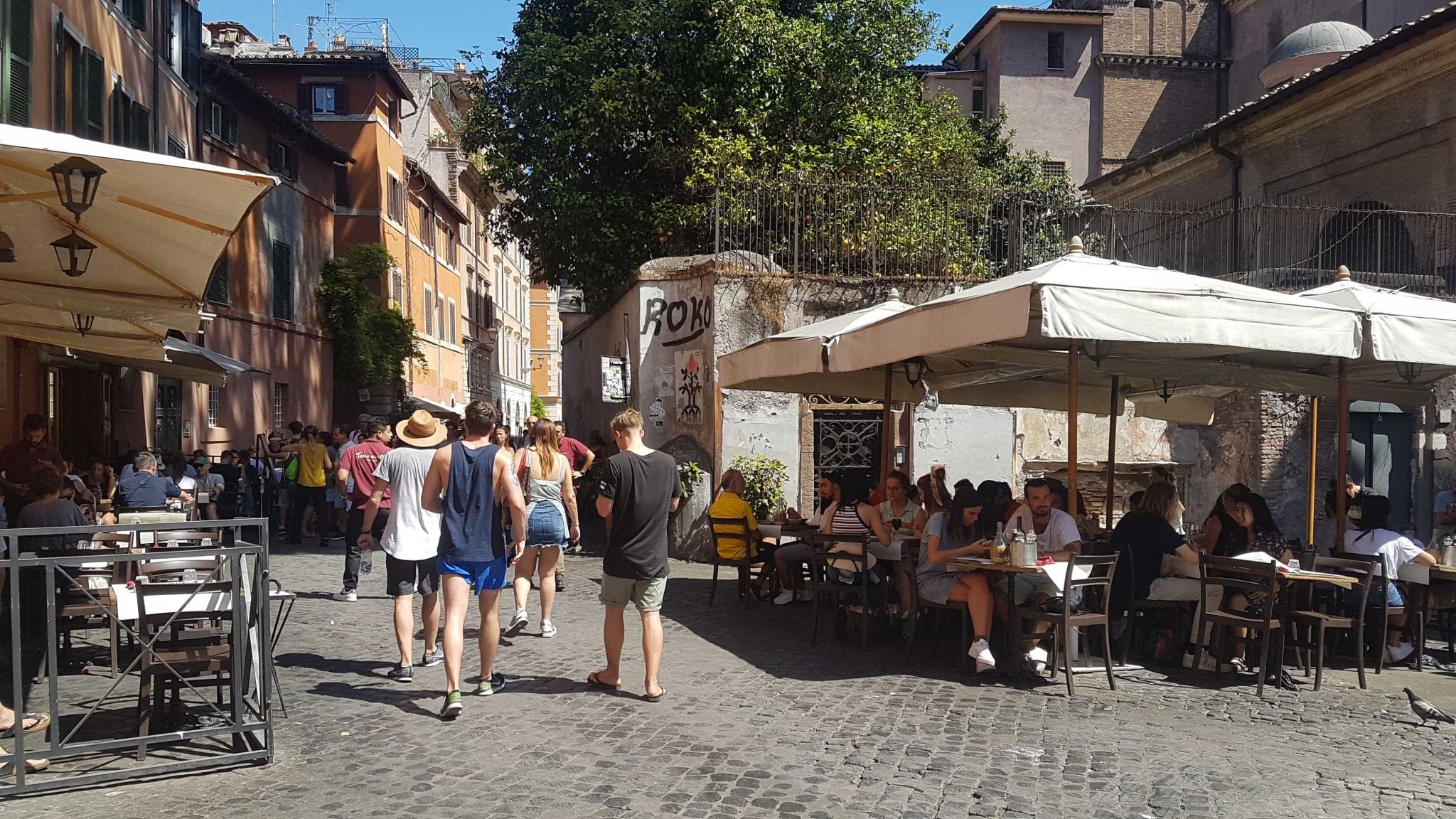
Take the hassle out of eating out, with a guided tour of the best eateries and establishments.
Ready to experience the flavors of Italy for yourself? Discover the best local eats with a Trastevere Food Tour with Italian Wine in Rome and taste Italy like a true local!
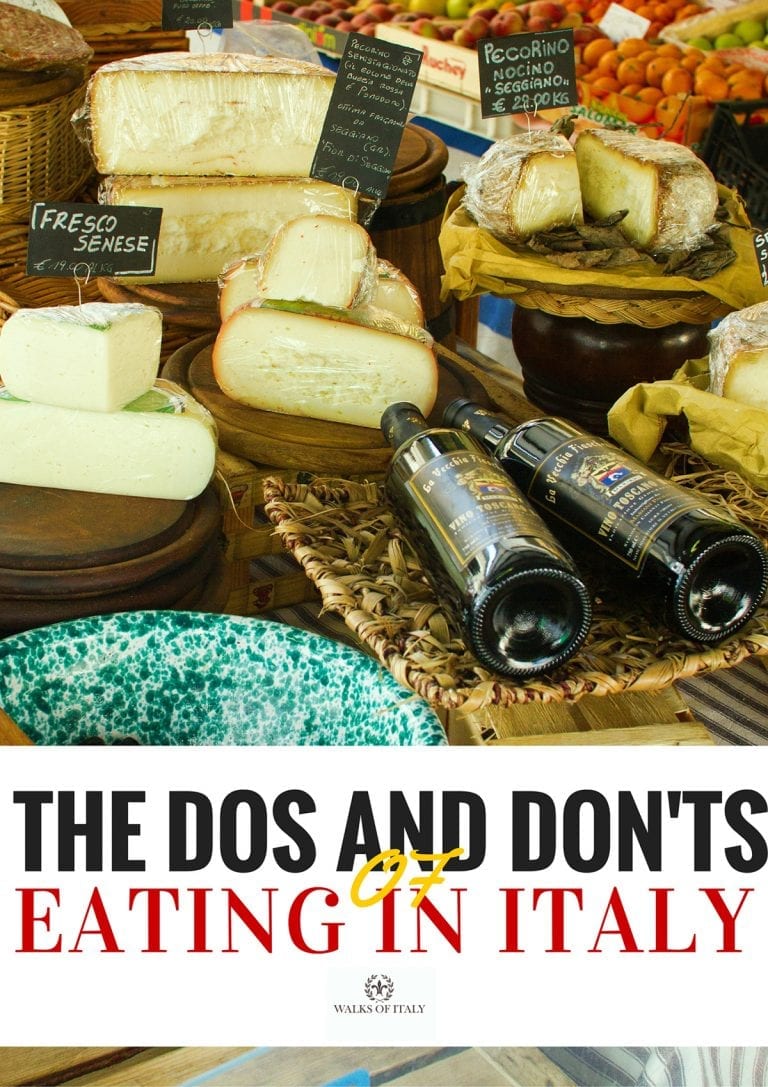
by Walks of Italy
View more by Walks ›Book a Tour

Pristine Sistine - The Chapel at its Best
€89
1794 reviews

Premium Colosseum Tour with Roman Forum Palatine Hill
€56
850 reviews

Pasta-Making Class: Cook, Dine Drink Wine with a Local Chef
€64
121 reviews

Crypts, Bones Catacombs: Underground Tour of Rome
€69
401 reviews

VIP Doge's Palace Secret Passages Tour
€79
18 reviews

Legendary Venice: St. Mark's Basilica, Terrace Doge's Palace
€69
286 reviews









